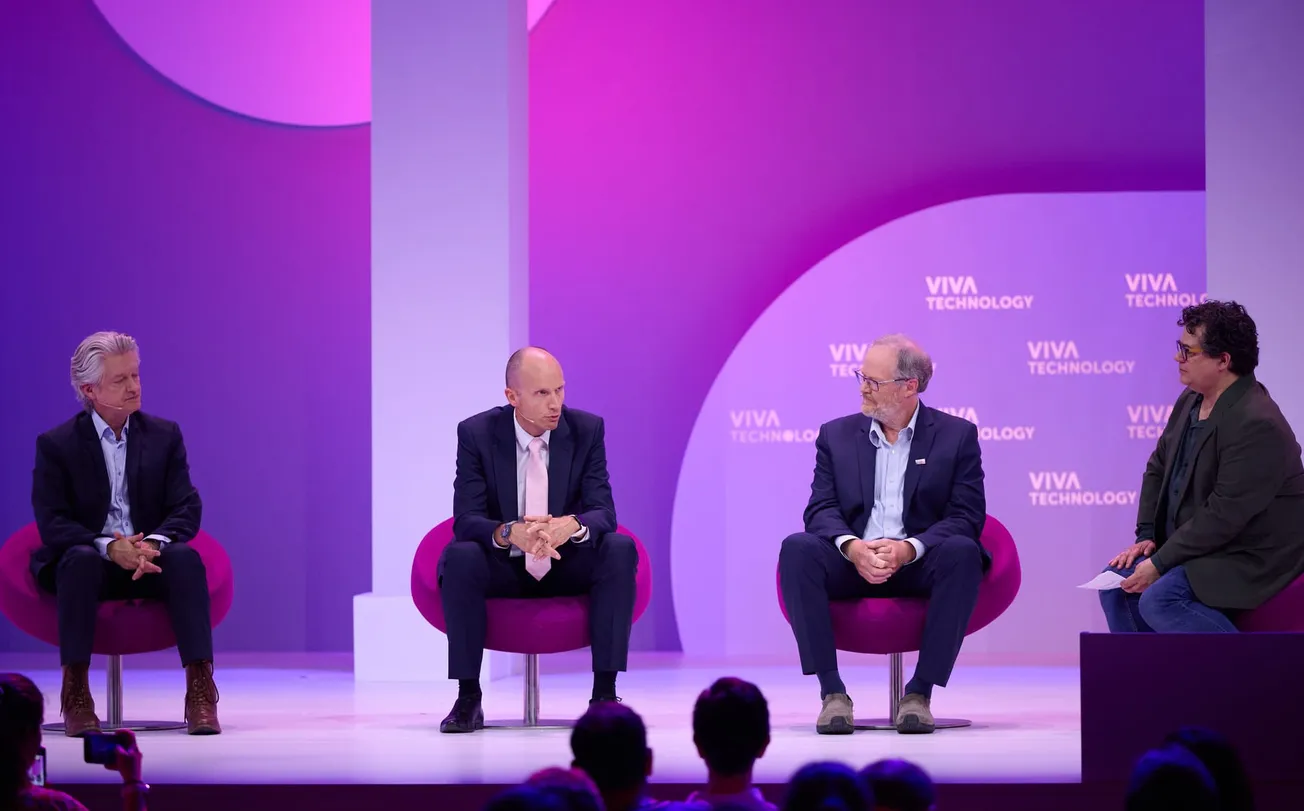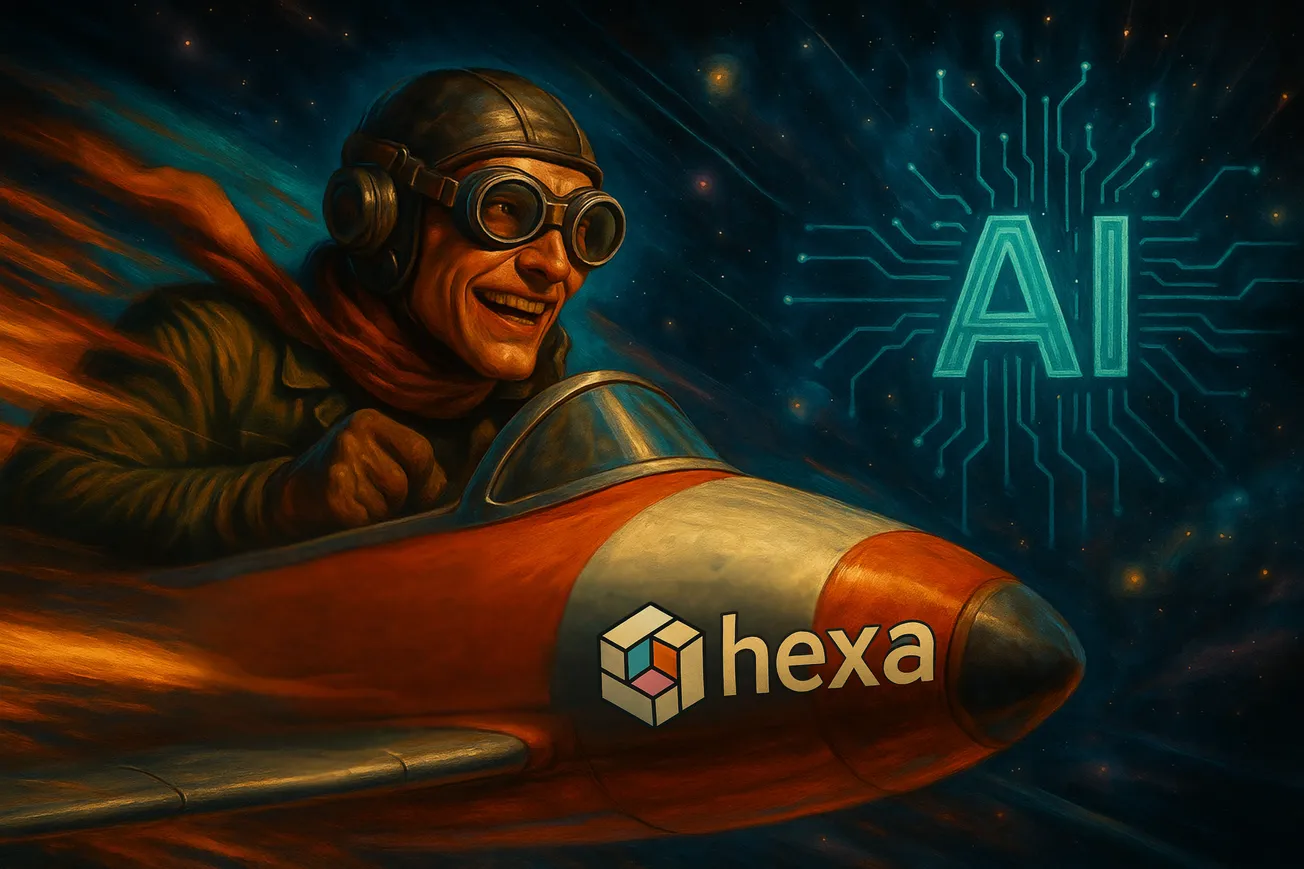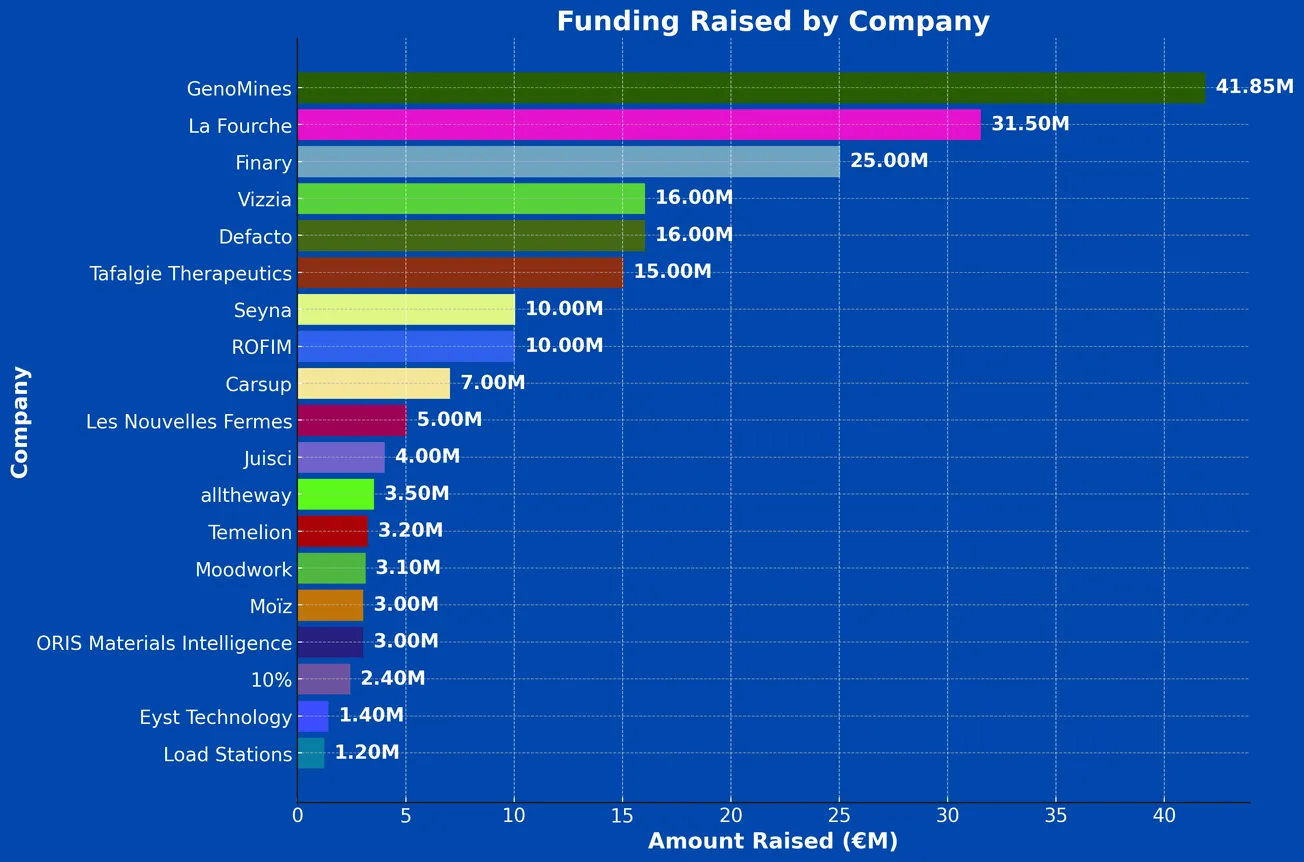The energy landscape is experiencing a dramatic transformation. While nuclear power was once considered a relic of the past, it has suddenly become essential to our technological future.
At VivaTech 2025, I moderated a discussion on the main stage about how artificial intelligence is reshaping not just energy demand, but the entire nuclear industry itself.
The panel brought together a mix of perspectives: Michel Laberge, founder of Vancouver-based General Fusion, pursuing a novel approach to nuclear fusion; Laban Coblentz from ITER, the world's largest international fusion experiment involving 35 countries; and Julien Garrel, executive president of Nuward, developing small modular reactors (SMRs) for the European market.
The Nuclear Divide: Fission vs. Fusion
For those unfamiliar with nuclear technology, the fundamental distinction between fission and fusion often causes confusion, understandably so, given that they differ by just one letter. As Laberge explained, "In fission, you take a big nucleus, you break it in two. But in fusion, you take two small nuclei and you stick them together."
The advantages of fusion are compelling. "In fusion, you have much less radioactivity. You do not have uranium, so you cannot make bombs with it," Laberge noted. "The radioactivity is short term, so you don't have long term radioactivity. The fuel can be extracted from seawater, and there are billions of years of fuel in the ocean."
Yet fusion faces a critical challenge that ITER's Coblentz was quick to point out: "Fusion still hasn't worked, and fission does."
The Great Nuclear Turnaround

The shift in nuclear sentiment has been remarkable. Just a decade ago, the trajectory in most countries was away from nuclear power. France, historically one of the world's strongest nuclear advocates, was focused on reducing its nuclear dependence.
Today, the conversation has completely reversed, with countries restarting shuttered plants and planning new construction.
The panel pointed to climate change as a primary driver of this reversal.
"People are saying, oh, global warming is terrible, but nobody really believed it," Laberge said. "But nowadays, you get flooded in Canada, we burn every summer, all the forest goes up in smoke. So now people say, 'Oh, my God, this is happening, we need to fix that.'"
It's not just environmental concerns driving the nuclear renaissance. Consumer awareness about energy reliability has grown more sophisticated. As Coblentz explained, "I think consumers are starting to realize that each form of energy should be used in a way that's fit for purpose. Solar and wind are fantastic when you are using them for distributed energy...whereas, if we do fusion, we're actually harnessing the sun locally, so it's very concentrated, it can do base load."
AI: The New Energy Hunger

Perhaps no factor has accelerated nuclear's comeback more than artificial intelligence. The massive computational requirements of AI systems and their associated data centers have created unprecedented energy demands. This shift has fundamentally altered the nuclear industry's landscape.
For Nuward, the impact has been transformative. "We decided to launch, finally, our production with a power of 400 megawatts. It's just half of an existing nuclear plant in France. So it's huge for the SMR," Garrel explained. "Why? Because it's totally on the mark of the data center market."
The urgency is palpable. Tech giants like Microsoft have signed agreements to restart Three Mile Island specifically to power AI operations. Every meeting with government officials and customers, Garrel noted, features the same question: "Are you ready as soon as possible?"
AI as Nuclear Accelerator

Beyond driving demand, AI is becoming a crucial tool for nuclear development itself. At General Fusion, machine learning helps optimize experimental results. "We do experiments, and then we're trying to find which way to turn the button on the machine to make it work as good as possible," Laberge said. "The physicists that we have, they only look at about 10% of the data, because there's so much data, they can't actually look at everything. So we use AI to look at all the data."
For SMR development, AI is proving essential for modularization by breaking complex reactor systems into prefabricated components that can be assembled more quickly. "If we want to do that, we need to have an artificial intelligence," Garrel explained.
Race Against Time
The relationship between public research projects like ITER and private fusion companies highlights an interesting dynamic in the industry. While private companies can move faster, they still depend heavily on decades of public research.
"There's no way that the private companies that are trying to do fusion could go as fast as they can without building on the shoulder of the giant," Laberge acknowledged, referring to ITER's foundational work. The international project has developed critical understanding of plasma behavior and created global supply chains that private companies can leverage.
Still, the timeline question looms large over the nuclear industry. Fusion has long been plagued by the running joke that it's always "30 years away." Laberge is optimistic that private companies can break through this barrier: "At General Fusion, the time scale is 10 years. We say we going to put electricity on the grid in 2035."
But even this accelerated timeline may not meet AI's immediate needs. The reality is that data centers need power now, not in a decade. This creates a crucial role for existing nuclear fission technology and new SMRs to bridge the gap while fusion develops, Garrel said.
Rather than framing the question as fission or fusion, the panel generally agreed it would be both. Fission will be critical in the short and medium-term, while fusion holds the greatest promise over the long term. And even then, the two will continue to co-exist because fusion may not be appropriate for smaller use cases.
"We have a large-scale vision on the development of nuclear in phases, but I don't want to [make this a competition between] fission and fusion. It's just the same story. But it's not the same lifetime or scale...And if you want to decarbonize electricity, it's just a long, long, long journey. So if we have fission and fusion, it's not a problem. Both will find a place on the market."
The other persistent challenge facing nuclear power has been the perception of high costs. Coblentz argues this view fails to account for the true cost of alternatives, and that governments are beginning to understand this. Simply comparing the cost of KWh between different energy sources doesn't capture all the variables.
"You know what the real problem is with that calculation is, if you look at the waste that fossil fuels put into the atmosphere. That's not calculated," he said. "Nobody says, What is the cost that we will pay and that our kids will be paying for decades, at least, for the waste from fossil fuels. And if you go to fusion, there's a geopolitical cost. Go back in your history books last 120 maybe 130 years. How many wars have been fought over access to fossil fuels, over the proximity, over the countries that wanted to make alliances? So calculate that and put that into your energy equation, and fusion and even fission become incredibly cheap in the long run."







